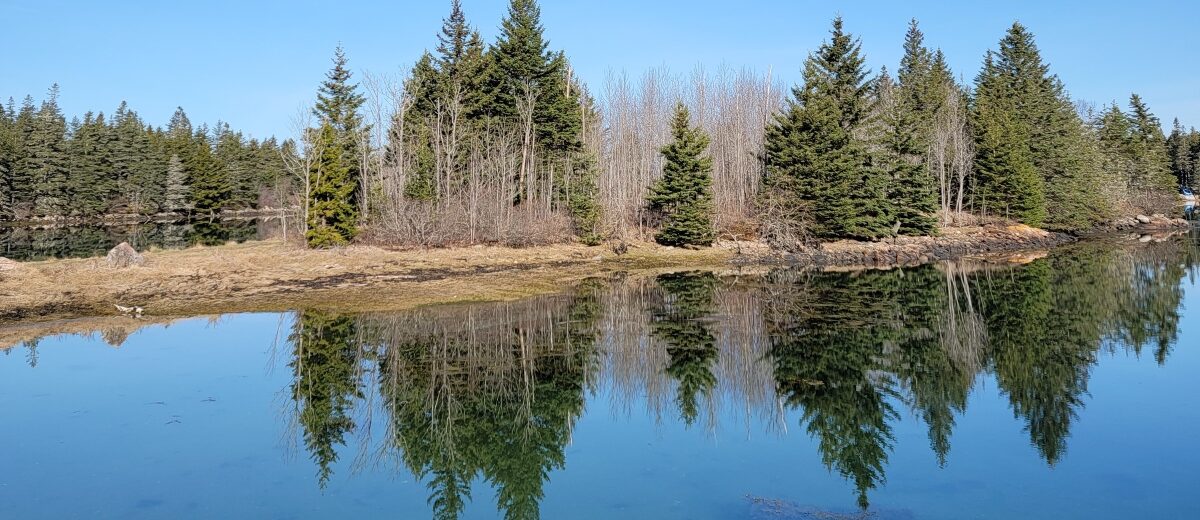by Nick Fisichelli
Reading stories on our website or following our social media posts may have you wondering,
Why is Schoodic Institute counting spruce seedlings, warblers and green crabs, or taking photos of that cool beetle or moth? These same questions also arise for our early-career science technicians and interns, and from learners of all ages working in the forests and intertidal zone. Why are we paying attention, and encouraging others to do so and share their observations?
If we observe a boreal chickadee perched on a branch in a red spruce tree in Acadia, is this noteworthy? What if it is a northern cardinal rather than a boreal chickadee? Or maybe a Carolina wren? Witnessing these beautiful birds is a joy, and I feel a shared connection to our shared habitat. But, each of these birds has much more to share, if we’re able to observe them in the present, and record and share the observation, so it can be placed into context with the past and future.
Over 30 years ago, ecologist John Magnuson wrote about the difficulty of detecting gradual change over a lifetime. Processes acting over decades are hidden, residing in what he called “the invisible present.” Today, climate change is no longer a theory in pages of scientific journals. The pace of change has greatly accelerated; the present is no longer so invisible. We speak about climate change in the present tense. Many of us feel, know, the change, based on our own lifetimes of experience, however short.
But still, the passage of time can play tricks on the mind, and the future seems bewilderingly unpredictable. Evidence can be affirming. This is why the counting and documenting work that we do at Schoodic Institute is important–it provides evidence for the changes we sense.
As Magnuson wrote, “Long-term or sustained research can open for view the events of the invisible present, much like time-lapse photography reveals the blooming of a flower or the movement of a snail.” A single year’s observation of any structure or event, such as the arrival of palm warblers at Frazer Point, provides, in itself, no insight into the long-term behavior of a natural system. “Yet when a time series of annual values is opened to 10 years, to 50 years, or to 140 years, the invisible present is put into context and can be better understood.”
And so we know, because of archived reports, records submitted to eBird, and our own data collection, that the boreal chickadee was once much more common here, but has shifted its range farther north. The northern cardinal has come up from the south in recent decades and is now well established in Acadia National Park. The Carolina wren is a rare observation, but as the climate and habitats continue to change, this bird may begin to call Acadia home–all changes occurring within a human generation, changes we know about because people documented their observations.
Thinking about the future— do we resist the change? accept it? direct it?— lends urgency to our research on the present. This is why we are counting seedlings and songbirds, documenting the wonderful diversity of plants and animals within Acadia National Park, unearthing and sharing historical studies, and leading the science to protect the future of Acadia. And this is why we need your support and participation.
Being present in the present can be really hard in our fast-paced world. But, we need to pay attention. What are you seeing? Get out in the present, make some nature observations, and share them. The future Acadia will thank you.
